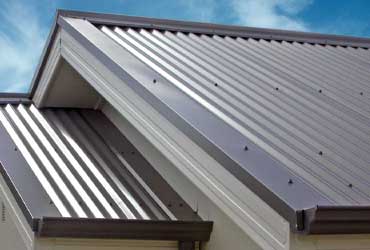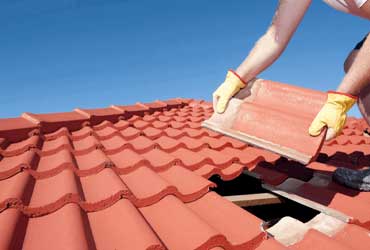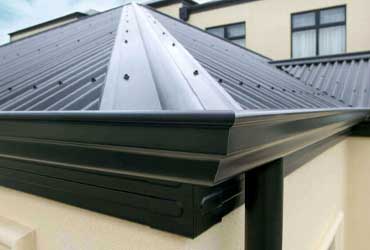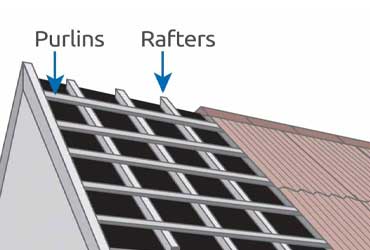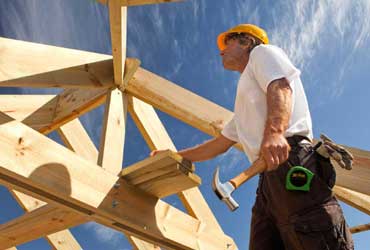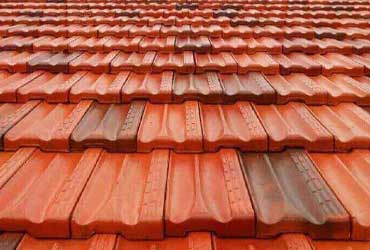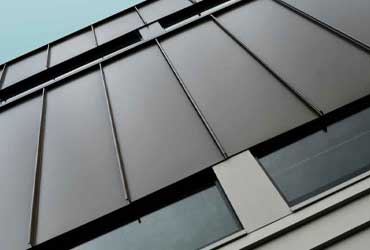Roof Flashing Installation Sydney
Metal Re-Roofing
Tile Re-Roofing and Repairs
Sydney Roof will expertly dispose of your old, leaking metal or tile roof and install a new metal roof or tile roof of your choice.
Roof Repair Service
Metal Roof Repair – Tile Roof Repair
Sydney Roof, are experts in metal roof repairs and tile roof repairs. We will detect the source of the leak and repair the problem fast.
Gutters & Downpipes
Guttering Repairs and Replacement
Sydney Roof are experts at installing new gutter and downpipe systems, valley replacement, ridge capping, and re-pointing.
Purlins
Replaced and Installed New
Sydney Roof will remove your tired, old and defective purlins and replace them with new purlins.
Repitching Roof
Structural and Roof Truss Repairs
Sydney Roof are experts in repitching roofs for improved drainage and re-building your roof’s structural integrity.
New Tile Roofing
New Metal Roofing + Insulation Contractor
Sydney Roof will remove your old roof, make all the needed repairs and then expertly install a new tiled roof.
Cladding Contractor
Metal Wall Cladding – Metal Roof Cladding
Sydney Roof installs metal wall cladding can make any architects drawings come to life with perfect joinery.
Skillions
Roof Extensions
Sydney Roof have become specialists at all kinds of roof extensions and skillions. No exotic designs are beyond our expertise.
Roof Flashing Installation by Sydney Roof
Roof Flashing
What is Roof Flashing?
Roof flashing provides an extra layer of protection to roofs in area that are particularly at risk of suffering from water damage or spouting a leak. These areas are places such as roof valleys, chimneys, and the perimeters of skylights – namely, areas where the roof is not running in a flat pane and is intersecting with a different part, creating lines and divides. Because these areas are more vulnerable than the rest of the roof, they need an extra layer of protection to keep them safe.
Types of Roof Flashing
Roof flashing is made from a number of different materials. Most commonly, it’s made of metal or lead that is rust-resistant. It is occasionally made from plastic, roofing felt, or rubber, but these sturdier materials are more reliable over the course and passage of time. Aluminium flashing is also a common choices, as this is most popular with those who are looking to install the flashing themselves due to its bendable nature. However, to install flashing properly, it requires a thorough understanding of the flashing’s purpose, so this is not recommended to most people who may not be familiar with how best to install this material.
The main types of roof flashing include…
Chimney flashing – Chimney flashing is used around the base of a chimney to add protection to the areas where the chimney intersects with the roof. It’s installed in several parts to suit the various intersections.
Continuous flashing – this flashing type is used to protect the joints between a vertical wall and a roof that is sloped to meet it.
Drip edges – these are installed to stop water from leaking into the roof at the edges of rakes and eaves.
Roof flashing for skylights – generally, skylights possess their own integral flashing. If a skylight does not come with this flashing, a continuous flash is supplied along the base before step flashing is used on the sides, finishing with saddle flashing across the skylight’s top.
Step flashing is used as protection for areas where the roof intersects with side walls of chimneys, skylights or dormers. It’s made of right-angled pieces of metals that are installed into shingles in a way that overlaps with the section that was installed beneath it.
Valley flashing – this kind of flashing is used to protect valleys that form where two panes of the roof meet. It’s shaped like a W and is placed across the top of building felt. This occurs before the finishing material for the roof is installed in order to secure the roof’s valleys from leaks and deterioration caused by water.
Vent pipe flashing – this type of flashing is fitted over pipes and flues. It is designed in a cone shape specifically to work into the shingles during the roof’s application. Like the other kinds of flashing, this prevents leaks and water access from becoming problematic once the home is completed.
Purpose of Roof Flashing
The purpose of roof flashing supports the overall purpose of the roof: to protect the home below from damage from the outside elements and ensure proper ventilation, heating and cooling can take place. Any homeowner who’s faced a roof leak can tell you: they’re not fun for anyone. They can come at the worst of times, bringing with them expensive bills for fixes and, if not addressed quickly, they can develop into an even bigger problem with more additional costs. It’s important that roofs are designed in a way to minimise the risk of leaks sprouting and causing these kinds of headaches for the homeowner below. Buying property in Sydney is expensive enough without suddenly needing to replace large portions of your roof, walls or insulation due to a badly timed and unwelcome leak!
Roof flashing, then, is specifically designed to keep any moisture from entering the home via the roof at its points of vulnerability. When installed correctly, roof flashing provides the maximum protection possible against leaks. It’s easy to identify areas on your roof that will require flashing – anything with a joint or a valley, as well as chimneys, skylights or other pipes, will require the installation of flashing for adequate leakage protection.
Flashing can become weakened over time. When it does, it’s important to hire a roofing repair contractor who will be able to install new flashing to ensure your roof continues to be protected to the level it needs to be. Sometimes all it will take is a minor repair applied at the right time to save the repair bill from growing into the thousands.
If you believe your roof flashing requires some attention, it’s best to call in an expert. An experienced roof professional will be able to save you time and money in the long run by installing flashing that’s up to the task of protecting your roof, your home and your family.

